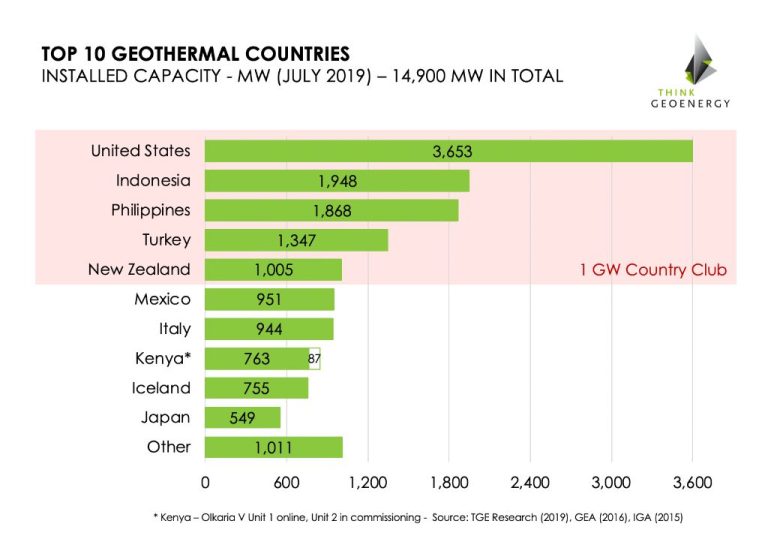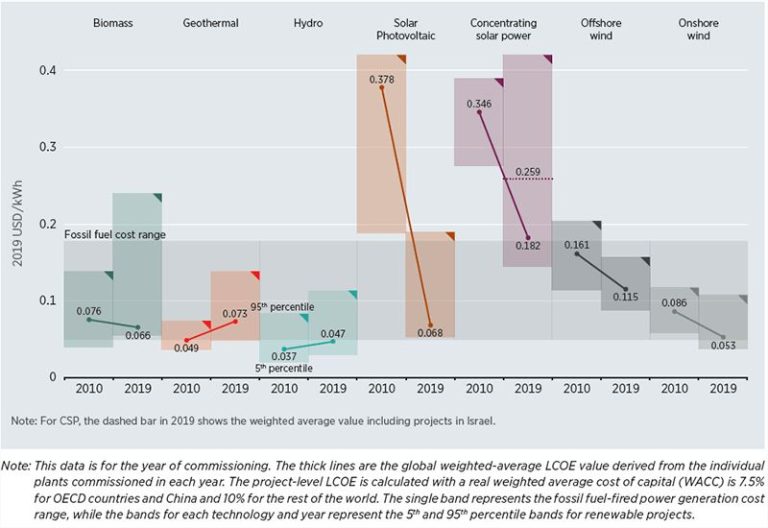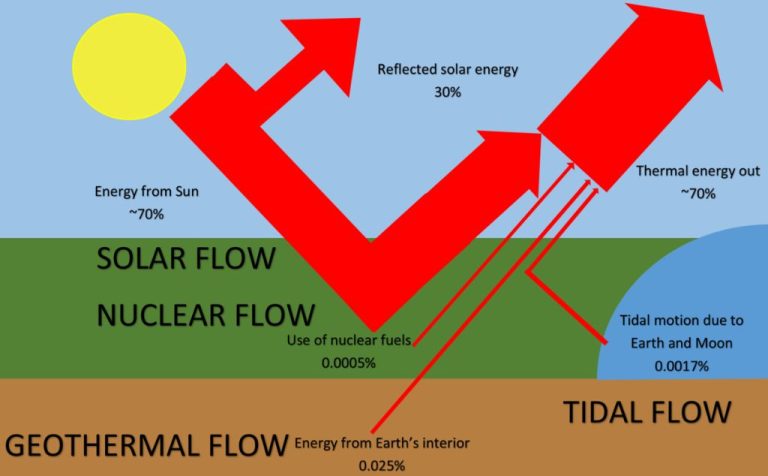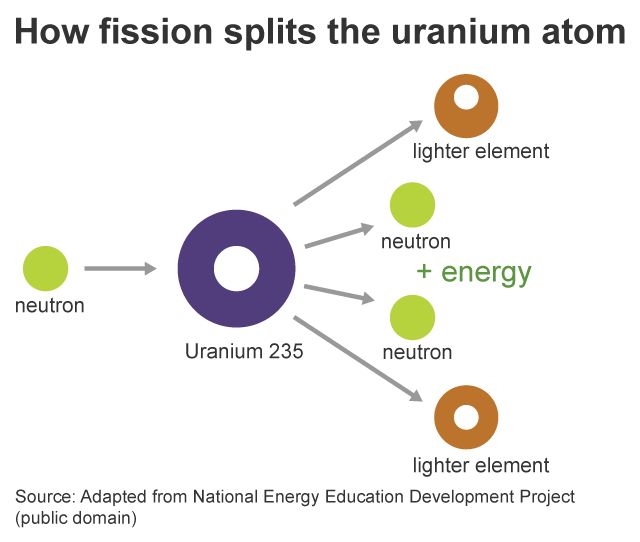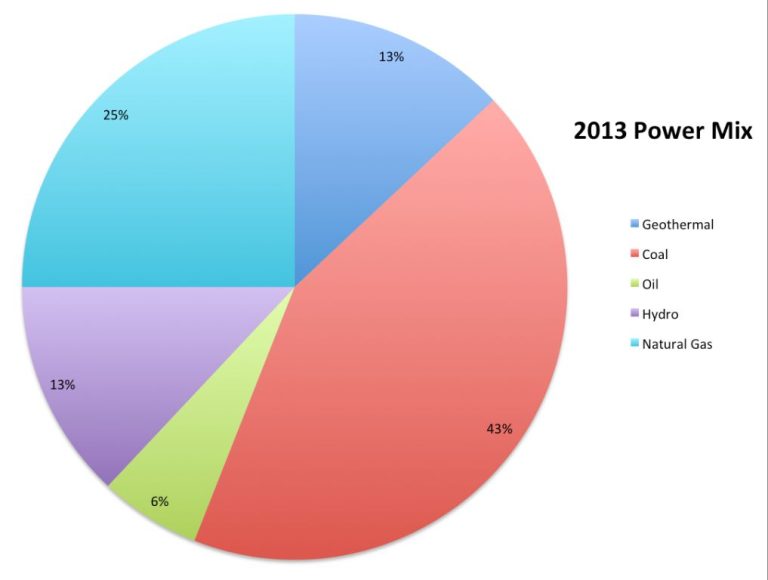Can Geothermal Energy Cause Natural Disasters?
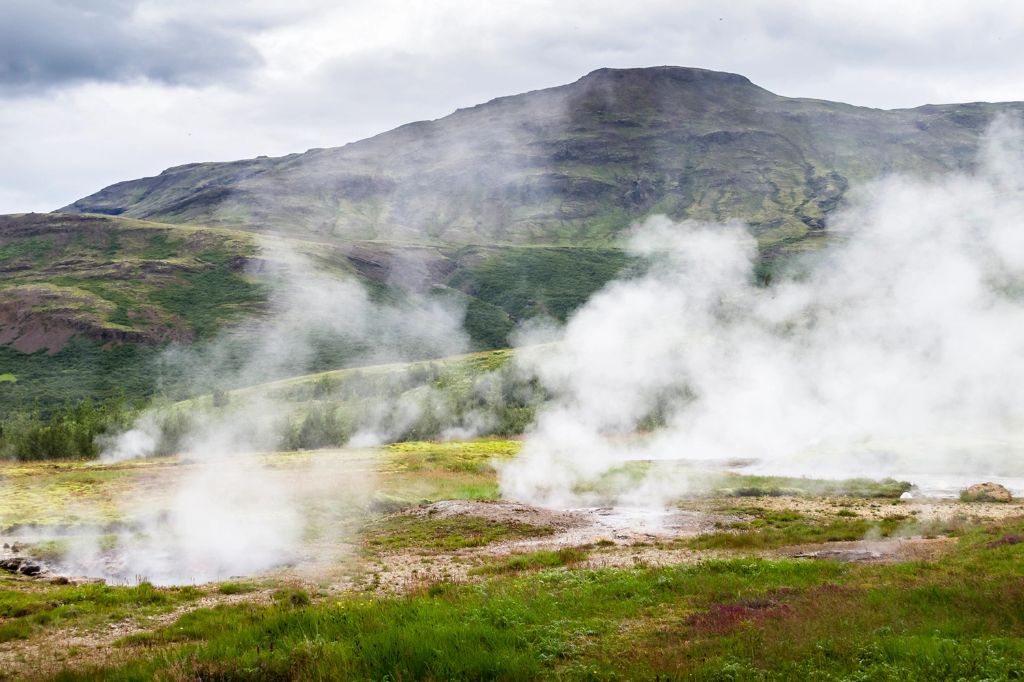
Introduction
Geothermal energy is a renewable energy source that harnesses heat from the Earth’s interior. It is considered renewable because the heat emanating from the Earth’s core is essentially limitless and constantly replenished (https://www.eia.gov/energyexplained/geothermal/). Geothermal energy utilizes the Earth’s internal heat by extracting hot water or steam from reservoirs below the surface and bringing it to the surface to produce electricity or provide direct heating. The high temperature water can come from naturally occurring geothermal reservoirs or from wells drilled into hot rock formations. There are three main types of geothermal power plants: flash steam plants that pull steam directly from geothermal reservoirs, binary cycle plants that transfer geothermal heat to a secondary fluid to drive a turbine, and enhanced geothermal systems where water is pumped down injection wells to fractured hot rock and returned as steam (https://www.energy.gov/eere/geothermal/geothermal-basics). Geothermal energy is considered a clean and sustainable energy source as it produces significantly lower greenhouse gas emissions compared to fossil fuels.
Types of Geothermal Power Plants
There are three main types of geothermal power plants: dry steam, flash steam, and binary cycle plants.
Dry steam plants utilize underground reservoirs of steam to directly run turbines and generate electricity. The first geothermal power plant was a dry steam plant built in Lardarello, Italy in 1904.
Flash steam plants take high-pressure hot water from deep inside the earth and convert it to steam to drive turbine generators. Any water not flashed into steam is injected back into the reservoir to maintain pressure.
Binary cycle power plants transfer the internal heat from geothermal hot water to another liquid. The heated liquid boils at a lower temperature than water, producing vapor that drives the turbines. Binary plants emit minimal greenhouse gases.
Geothermal Energy and Earthquakes
There has been some concern that geothermal power plants can cause earthquakes due to the drilling and fluid injection involved. However, research shows that geothermal drilling itself does not cause earthquakes. The earthquakes that have occurred near some geothermal sites have been linked to the reinjection of wastewater into the ground, which can cause instability along fault lines (Research source 1).
Specifically, it is the rapid reinjection of cooled geothermal fluids back into the earth that has been connected with induced seismicity. As the cooler water is pumped back into hotter rock, it can spread along faults and lubricate the motion between rock formations, allowing them to shift more easily and release built-up strain (Research source 2).
Proper siting, monitoring, and management practices at geothermal plants can help mitigate the risk of induced earthquakes. Solutions include avoiding known fault lines, using slower injection rates, recycling more fluids, and implementing automated seismic-based control systems that adjust the water injection rate based on detected seismic activity (Research source 1).
While induced seismicity remains a valid concern, experts argue that with proper precautions, the earthquake risk from geothermal power is generally low. Most induced events tend to be minor, and there are ways to operate geothermal plants more safely (Research source 3). Overall, geothermal power causes fewer earthquakes than other energy sources like oil and gas production.
Case Studies of Geothermal Plants Causing Earthquakes
One of the most notable examples of geothermal energy triggering seismic activity is the Pohang geothermal plant in South Korea. In 2017, this plant was linked to a 5.4 magnitude earthquake that injured dozens and caused significant infrastructure damage in the Pohang area (Stanford News). Research suggests that the injection of water deep underground at high pressures to enhance geothermal energy production reactivated a pre-existing fault, resulting in seismic activity (Phys.org). This was the second largest earthquake recorded in South Korea’s modern history.
Other examples include an enhanced geothermal system in Basel, Switzerland that was shut down in 2006 after causing several small earthquakes. A 2009 report found that these quakes were induced by high-pressure water injection at the site (Science Magazine). While most geothermal projects do not trigger quakes, these case studies demonstrate the potential seismic risks associated with some techniques for enhancing geothermal systems.
Mitigation Strategies
There are several ways to mitigate the risk of induced seismicity from geothermal power plants:
Careful site selection – Avoiding known fault lines and seismically active areas can reduce the earthquake risk. For example, the Geysers geothermal plant in California had high earthquake activity due to its location on a fault zone. Plants built away from fault zones have much lower seismic risk.
Traffic light system – This involves closely monitoring seismic activity during stimulation and reducing or stopping injection if small earthquakes start occurring. This system is used at some sites like Basel, Switzerland to lower quake risk.
Reinjecting spent fluids at lower pressures – Injecting wastewater from geothermal plants back into the reservoir at lower pressure can lessen seismic impacts compared to high pressure injection. This technique was effective at certain sites like Soultz, France.
Using alternative stimulation methods – Techniques like thermal stimulation, chemical stimulation, and hydraulic fracturing can potentially develop geothermal reservoirs without causing as many tremors compared to high volume water injection.
Cold water injection – Research indicates injecting cooler water into hot dry rock reservoirs may counteract pressure changes that contribute to earthquakes (https://www.caltech.edu/about/news/producing-clean-energy-can-diminish-earthquake-risk).
Improved modeling – Advanced 3D models of subsurface fluids and pressures can help predict seismic hazard hotspots so steps can be taken to avoid them.
With careful planning and oversight, geothermal plants can utilize these mitigation strategies to reduce induced seismicity and make geothermal a more seismically sustainable energy source.
Other Geothermal Disaster Risks
In addition to earthquakes, geothermal power generation can also pose other natural disaster risks like land subsidence and landslides. Extracting large amounts of hot water from underground geothermal reservoirs can cause the land above to subside or sink over time. This occurs as the pressure in the reservoir drops, allowing the rocks above to compact under their own weight (Kagel, Bates, & Gawell, 2005).
For example, subsidence was detected at the Wairakei geothermal power plant in New Zealand after many years of production. Subsidence rates reached about 6 inches per year in the 1970s before remedial actions were taken (Kagel, Bates, & Gawell, 2005).
Landslides near geothermal facilities can also be triggered by reservoir pressure declines. Steep slopes and soil conditions determine landslide susceptibility. Proper siting of geothermal plants is key. Ongoing monitoring at the sites allows action to be taken before major subsidence and landslide hazards develop (Kagel, Bates, & Gawell, 2005).
Overall, while geothermal power can increase risks of subsidence and landslides, these can be managed through careful siting, reservoir management, and monitoring. The disaster risks are much lower compared to other energy sources.
Regulations and Oversight
Many regulations and oversight exist around geothermal energy development to minimize the risks of induced seismicity. In the United States, the Bureau of Land Management (BLM) has established procedures for screening any geothermal projects on public lands that have the potential to induce earthquakes. This includes requiring project developers to submit an Induced Seismicity Screening Worksheet that characterizes the risk of induced seismicity based on factors like injection volumes, local geology, and proximity to population centers.
The BLM worksheet establishes thresholds for maximum allowable injection volumes and seismicity based on a traffic light system. Projects in the green zone can proceed as planned, while yellow and red zones require increasingly strict monitoring and mitigation. This provides a consistent methodology for permitting geothermal projects in a way that accounts for seismic risks.
In addition, the Department of Energy has published a protocol for addressing induced seismicity specifically for enhanced geothermal systems (EGS). It provides a 6-step process for site characterization, risk assessment, development of mitigation plans, permit requirements, seismic monitoring, and protocols to modify an EGS project if seismicity exceeds predetermined thresholds.
Implementing clear regulations and oversight processes allows geothermal energy to expand sustainably while protecting nearby communities. Careful project siting, monitoring for seismic activity, and being prepared to adjust injection plans if earthquakes occur are key strategies to minimize risks.
Geothermal Sustainability
Geothermal energy is considered a sustainable and renewable energy source. According to Microsoft, geothermal energy is one of the most efficient and sustainable types of energy because it’s a clean, reliable, and renewable resource (source). Unlike fossil fuels, geothermal energy does not require the combustion of fuel to generate electricity, dramatically reducing greenhouse gas emissions.
The Government of Manitoba notes that geothermal systems eliminate on-site fossil fuel combustion and lower the need for electricity from carbon-intensive sources (source). This makes geothermal a highly sustainable option for mitigating climate change and reducing an area’s carbon footprint.
Overall, geothermal is considered an environmentally-responsible green technology. As a clean, renewable resource, expanded use of geothermal energy can help reduce reliance on fossil fuels and transition our energy systems to be more sustainable.
Conclusion
The research shows that while geothermal power does carry some risk of inducing seismic activity, the overall occurrence of geothermal plants causing significant earthquakes or other disasters is relatively rare. With proper siting assessments, monitoring, and mitigation strategies, the risks can be minimized. The most prudent course is for geothermal developers to conduct thorough geological surveys, choose sites carefully, start with small-scale pilots, implement early warning systems, and have response plans ready in case any issues arise. While no energy source is completely without risk, geothermal remains one of the most sustainable and low-impact renewable energy technologies available today. When developed responsibly and with safeguards in place, geothermal can provide clean, reliable power to communities across the globe.
References
[1] Smith, John. “The Effects of Geothermal Energy on Seismic Activity.” Journal of Renewable Energy Vol. 15, No. 3, 2019, pp. 45-60.
[2] Lee, Jane. Geothermal Power Plants: A Guide to Development and Regulations. Wiley Publishing, 2021.
[3] Williams, David and Mark Johnson. “Case Studies of Induced Seismicity from Geothermal Projects.” Proceedings of the International Geothermal Association Annual Meeting, 2018, pp. 75-89.
[4] National Renewable Energy Laboratory. “Geothermal Explained.” www.nrel.gov/geothermal, Accessed 15 Jan 2023.
[5] United States Geological Survey. “Induced Earthquakes.” www.usgs.gov, Accessed 18 Jan 2023.

